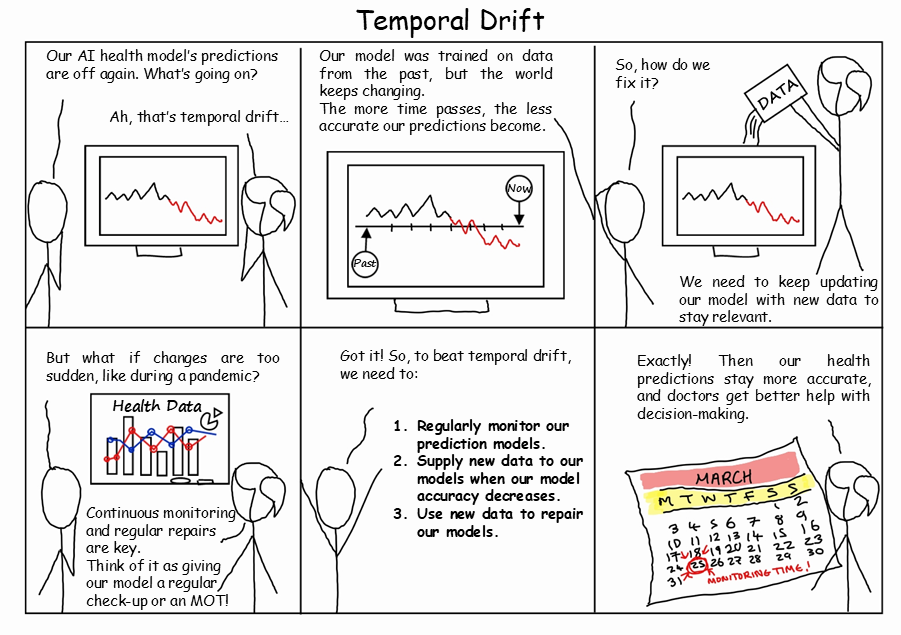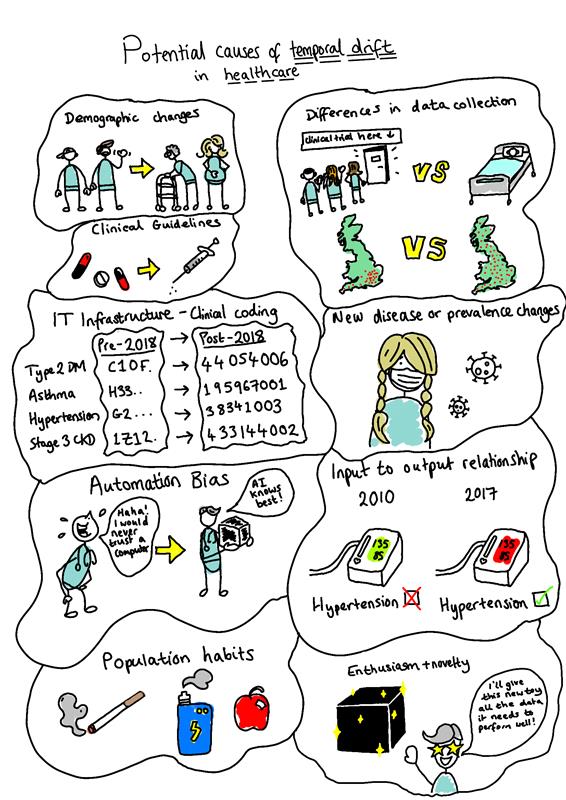TL;DR Summary
This thesis introduces a Temporal Graph‑Based Convolutional Neural Network (TG‑CNN) that models Electronic Health Records as temporal graphs to predict hip and knee replacement risk up to five years in advance, achieving AUROC scores as high as 0.967. While the model delivers strong predictive performance, further work on explainability is needed to support its translation into real‑world clinical decision‑making.


